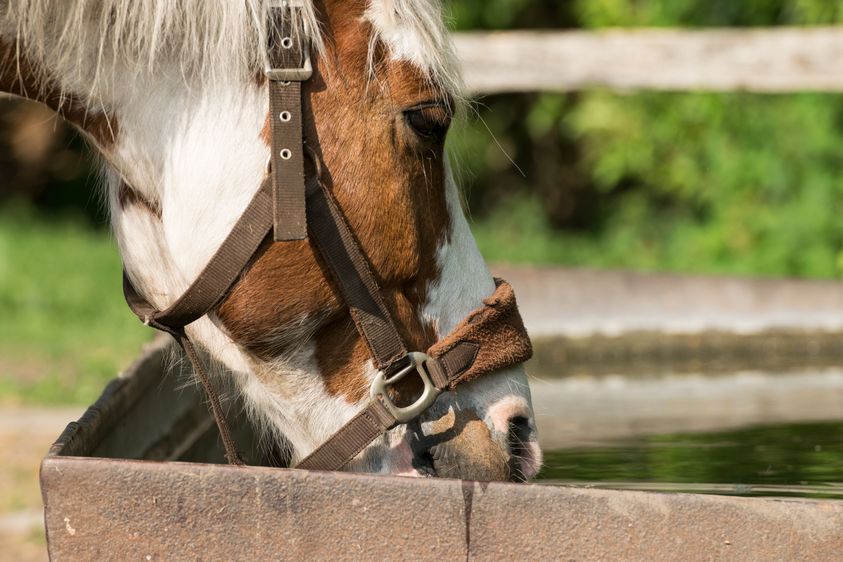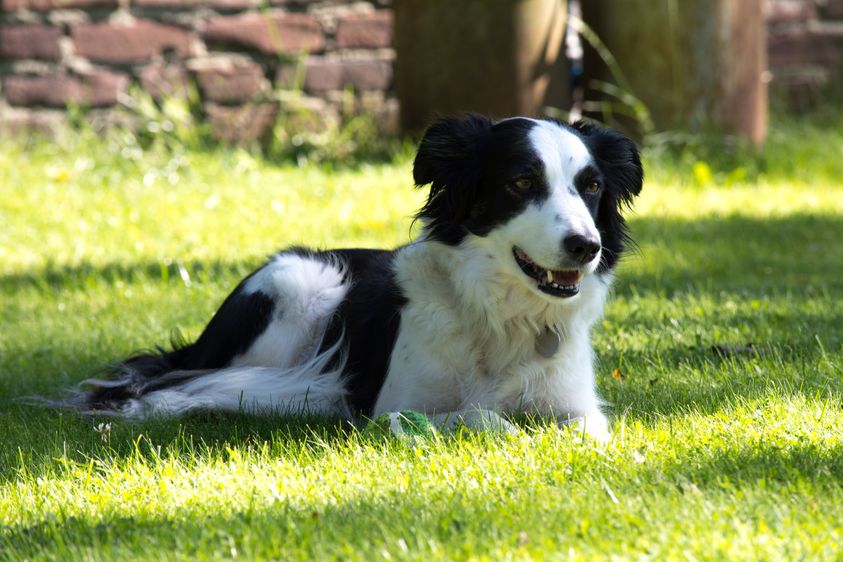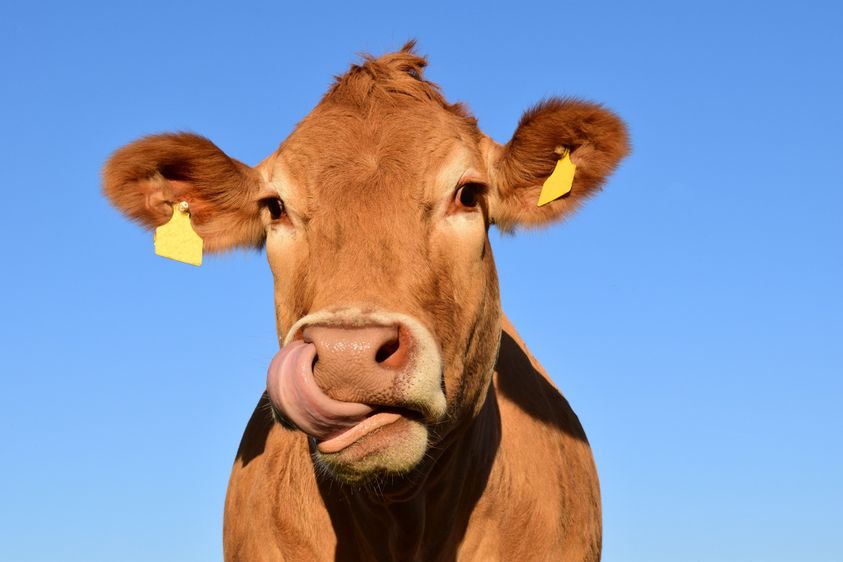Each year, we look forward to the longer days and abundant sunshine that summer brings. But of course, all that sunshine also brings intense heat, and it’s nothing to take lightly. When temperatures climb into the 90s, and humidity skyrockets, it becomes dangerous not only for you but also for your livestock and family pets. Sure, some breeds can tolerate heat better than others, but all animals are susceptible to heat stroke given the right conditions.
Managing animals in these conditions requires some planning. Read on for guidelines to help you reduce the impact of heat on your animals as well as to learn the critical treatment steps to take if one of your animals begins to show signs of heat stress or subsequent heat stroke.
Provide Lots of Water
Always provide cool, clean water for your animals to drink to keep their internal temperatures at normal levels. Troughs or containers should be large enough to provide water for all your animals to drink. If you can’t find one that is large enough, place several in close proximity to each other. Make sure the container you decide to use is heavy enough to stay upright.

Horse drinking from a trough on a hot summer day.
Water placement is crucial. The animals should not have to walk far to get to it, and it should always be placed in an area they are familiar with. If you are moving livestock to a new pasture, place the watering points in plain sight so they can easily be found.
Shade and Shelter
Providing shade for your animals or livestock can greatly assist them in cooling down. Trees may bring enough shade for your animals depending on your property. If trees on your land can’t provide adequate amounts of shade, then provide your livestock with a shelter such as a building or an awning. The shelter should be large enough to hold your animals while allowing them room to move around comfortably. Too little space will lead to overcrowding which can cause additional overheating. You should also consider airflow. Create a breeze with some open windows or by installing fans if necessary.

A dog takes a break from the playing in the sun by relaxing in the shade.
For poultry, it’s especially important to place their coop in an area with shade and good airflow. The roof of the coop should be angled so that it doesn’t absorb the sun’s rays at the hottest times of the day. Fans and misters can also be installed to help combat the heat.
Know the Signs of Heat Stress
Recognizing the signs of heat stress combined with early treatment can save your animal’s life. Here is what to look out for:
- Panting or mouth breathing
- Lack of appetite
- Unresponsiveness
- Lack of coordination and trembling
- Huddling by the water source
- Increased salivation
- In extreme cases, unconsciousness
How to Treat Heat stress
If you suspect one of your animals is showing signs of heat stress or stroke you need to act fast. By taking the following actions you are likely saving your animal’s life.
- Remove from the heat- Livestock should be herded to shade or to an area with proper ventilation. If you are unable to inspire them to move, try your best to provide shade where they are. Cats and dogs should be taken inside where there is air conditioning.
- Provide Water- Once they are out of the direct sun, provide cool drinking water in small amounts. The water should never be cold. Cold water can cause fast cooling which in turn can send them into shock. Never force an animal to drink, and never give water to an unconscious animal.
- Cool them down- Next, use water to cool them down. Hoses can be used to cool down any animal from horses to dogs. If you don’t have access to a hose, cool, wet towels can also be used. For cats and dogs, place an ice pack wrapped in a towel between their hind legs. Poultry, on the other hand, should never be wetted down. Instead, place them in front of a fan or in an area with a good breeze.
- Monitor closely- Once their temperature has returned to normal, continue to monitor them. Normal temperature ranges can be found here for livestock, and for cats and dogs, they can be found here. The effects of heat stress can leave your livestock or pets feeling out of it for a couple of days, but they should slowly return to normal. If their temperature isn’t going down, take them to the vet. Heat stress or stroke can cause neurological issues that might not show up right away, so when possible, it is best to have your animal examined by a vet.
Whether you have livestock, poultry, or cats and dogs, it’s important to know how to keep them safe during the heat and humidity of summer. By paying attention and making some minor management changes during extreme heat waves, the effects of heat stress can be greatly reduced if not entirely eliminated.







